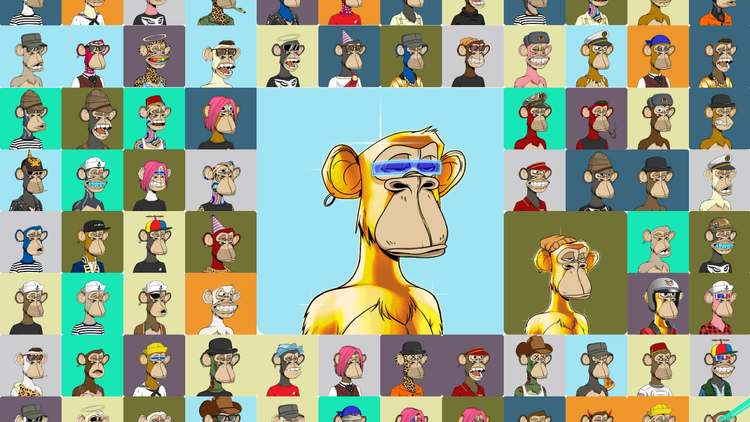
NFT Launch Strategy: How to Enter the Booming NFT Market
The non-fungible token (NFT) market is on the rise, with different projects serving as fuel despite the recent drop in the market.
sell for millions of dollars, captivating the attention of investors, aesthetes, techies, and gamers worldwide. Today, many newcomers are looking for the best way to either enter the NFT arena or own an NFT. Although the time is difficult for the NFT market, it’s projected to reach $13.6 billion by 2027 at a 35% compound annual growth rate (CAGR).
This will lead to more NFTs, bids, and returns. But there’s another thing preventing potential participants from capitalizing on the projections: the path to successfully launching an NFT. Launching your own NFT isn’t a walk in the park, especially when you aren’t up to speed on the industry.
In this article, you’ll get a brief overview of NFTs and how to successfully launch one for your business.
NFT's future in a Web 3.0 world
Web3 is just around the corner and, in many ways, already influencing today’s world. NFTs are integral elements of this new web environment.
With Web1, people got access to the internet and could instantly consume information online. Content creators were limited, but content consumers were numerous.
The internet of yesteryear lacked the visuals, controls, forms, and interactivity we enjoy today. There was little interaction and very few ads. If you knew how to use a search engine, you could find what you were searching for. But that summed up everything users could do online.
As technology advanced, the internet had to adapt to accommodate the experiences users were looking for. This paved the way for the next and current phase of the internet, Web2.
Web2 is much more interactive and allows users to do more than just read and browse the internet. This internet phase is all about the user experience and user-generated content. It’s a better version of its predecessors and is fueled by Javascript.
With Web3, content creators wouldn’t only generate content but also own and monetize it. Essentially, the internet is moving away from centralized platforms like Google, Facebook, and Twitter toward decentralized, open, and anonymous platforms.
Tim Berners-Lee
Inventor of the World Wide Web
Web3 is about decentralization, openness, trust, and autonomy. It’s based on distributed ledger technology (DTL) that ensures the transparency and authenticity of the information shared on the web.
While Web3 isn’t fully here yet, different elements are working their way into our current internet, including NFTs, Blockchain, Metaverse, and Decentralized Finance. Although there’s a lot of work and tech issues to resolve, the process is well underway.
Source : news.google.com/__i/rss/rd/articles/CBMiKGh0dHBzOi8vbGVhcm4uZzIuY29tL25mdC1sYXVuY2gtc3RyYXRlZ3nSATRodHRwczovL2xlYXJuLmcyLmNvbS9uZnQtbGF1bmNoLXN0cmF0ZWd5P2hzX2FtcD10cnVl?oc=5 undefined - November 01, 2022